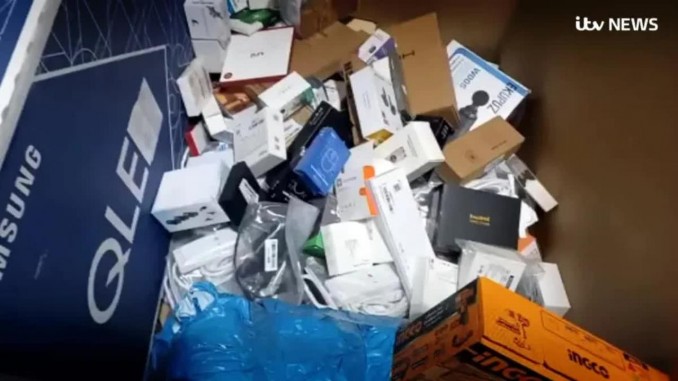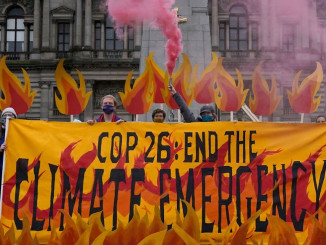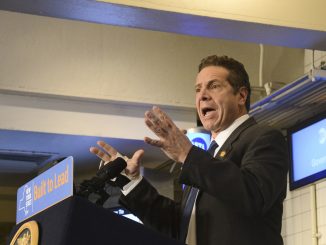
An ITV News investigative report discovered that an Amazon warehouse (also known as a ‘fulfillment center’) in Dunfermline, Scotland, destroys hundreds of thousands of stock items every week. Video footage obtained by an undercover reporter reveals hundreds of thousands of unsold items being earmarked for destruction. Some of the goods are returned items in good condition but many more are still in their original wrappers, removed directly from the stock shelves. The items range from unused covid masks to jewelry and television sets, and even computers! The report revealed that this one center targets 130,000 items to be destroyed every week.
This practice is not limited to this warehouse. Amazon has 110 ‘fulfillment centers’ in the U.S. and another 185 worldwide where this is common practice.
Consider the amount of waste, and the price of this waste. If we assume 130,000 items per week targeted to be destroyed at each ‘fulfillment center’, with 295 of these centers around the world, that is over 38 million items destroyed every week, ending up in landfills around the world! These items are made from trees, from rare metals found deep under the earth, wrapped in plastic. People who work in mines risk their lives just to have enough money to buy food while their work poisons them and their environment. The trees that were cut down for no purpose put us all at risk by decreasing the carbon they stored in their trunks and branches, and this increases the carbon dioxide in the environment, and exacerbates global warming. The shipping of these products to these fulfillment centers from all over the world uses up huge quantities of fuel. And, all of this production is then thrown in the landfill.
Why would Amazon do this? These distribution centers are located strategically very close to the population it serves. Amazon charges fees to any manufacturer for housing its products this close to a majority of consumers so they can assure speedy delivery. The longer the product sits on the shelf, the more ‘rent’ the manufacturer pays. A business decision is made when the manufacturers’ sales aren’t paying for the Amazon stocking fees. If it doesn’t sell quickly it is cheaper to destroy the stock than to pay for storage, especially if the manufacturer is overseas and shipping back to the manufacturer is costly. Amazon wants to empty those shelves to make more space for the ‘hot commodity of the day’ (think toilet paper in the early days of the pandemic). The Earth’s resources, and human labor that went into making this product is just tossed aside because the goal is profit, and not meeting our needs.
This practice is a perfect illustration of the madness of the profit motive, which the defenders of capitalism tell us is the only incentive that exists for production. What if society was structured with needs determining what gets manufactured where and how? Would a democracy of the producers allow such a wasteful practice? We could easily dispose of the owners who collect money from this process and decide what we need and how to distribute it. That’s socialism.




